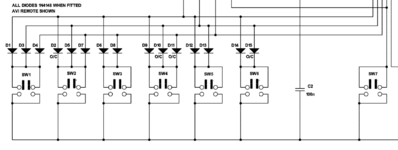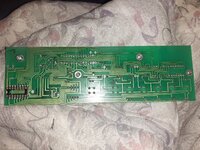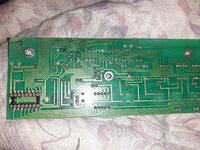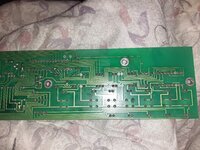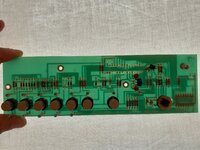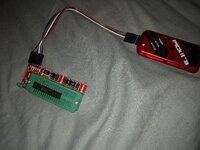dj_holmzy
Junior Member level 2

- Joined
- Jun 22, 2021
- Messages
- 21
- Helped
- 0
- Reputation
- 0
- Reaction score
- 0
- Trophy points
- 1
- Activity points
- 177
Hi,
I have a faulty chip that I cannot read and am trying to programme a new one for replacement. The chip is pic16f870 and it came from an amplifier. I have gone through great difficulty just to get the device to read the chip in MPLAB IDE.
I have attached the schematic of the circuit with the chip I need to programme. Any help would be greatly apprectaited as currently the amplifier does nothing as the chip is dead. Believe to be electrostatically shocked in circuit. Thank you
I have a faulty chip that I cannot read and am trying to programme a new one for replacement. The chip is pic16f870 and it came from an amplifier. I have gone through great difficulty just to get the device to read the chip in MPLAB IDE.
I have attached the schematic of the circuit with the chip I need to programme. Any help would be greatly apprectaited as currently the amplifier does nothing as the chip is dead. Believe to be electrostatically shocked in circuit. Thank you

